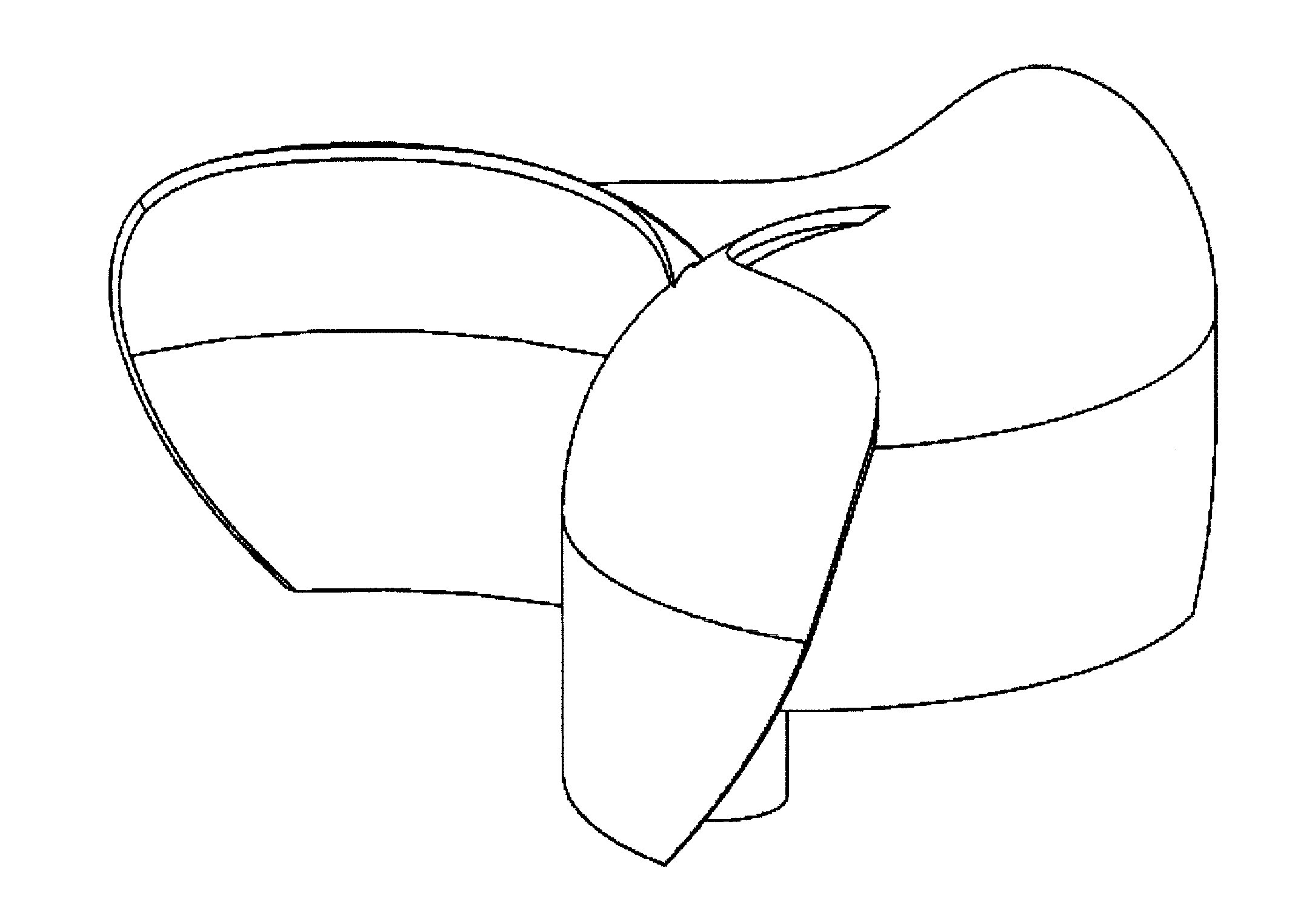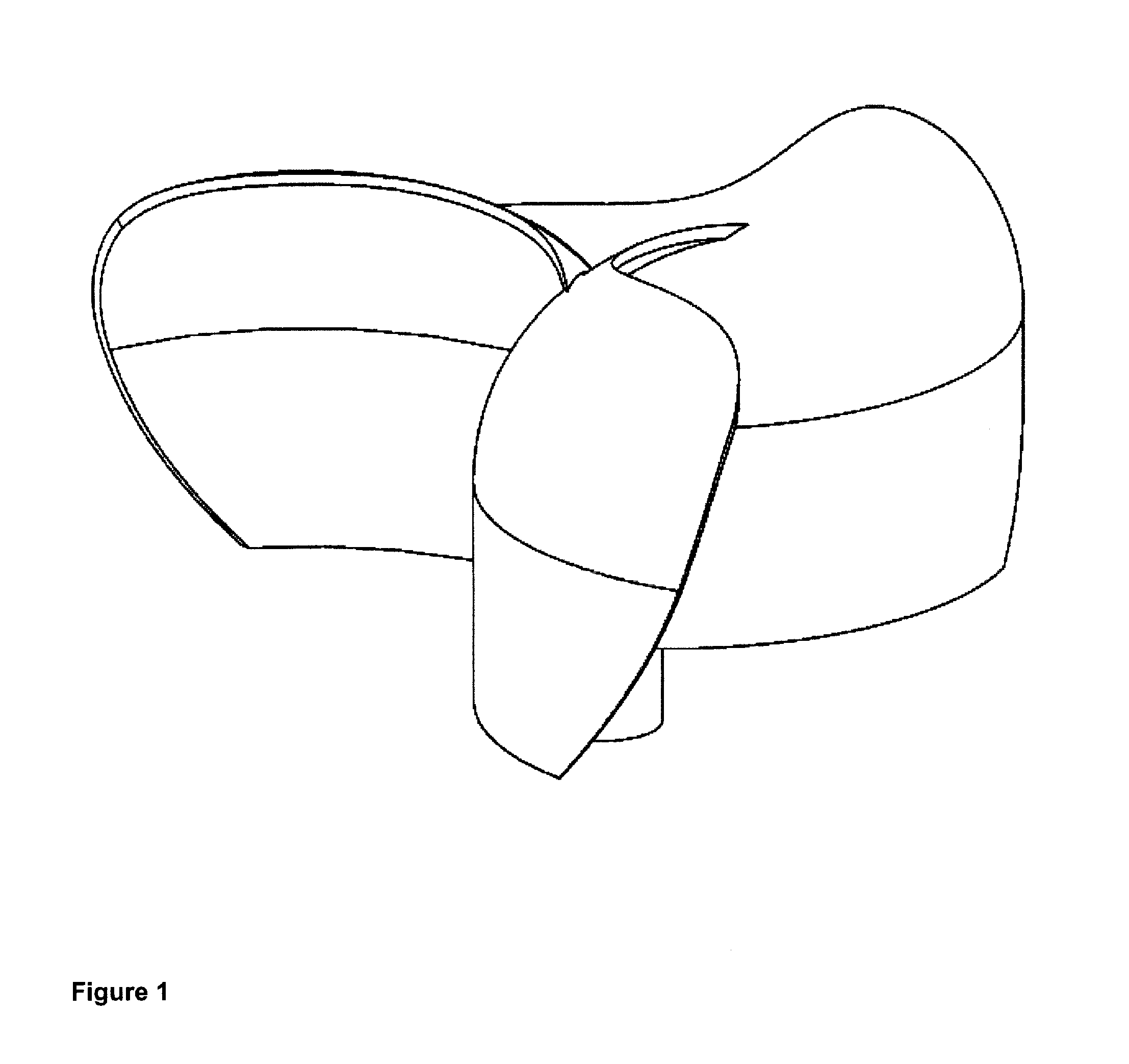Wireless immersible anemometer for sailboats
- Summary
- Abstract
- Description
- Claims
- Application Information
AI Technical Summary
Benefits of technology
Problems solved by technology
Method used
Image
Examples
Embodiment Construction
[0065]The machine disclosed here provides novel solutions for a number of problems for wind sensing in sailboats. In the most basic embodiment, this wind sensor is a wireless “appcessory”; a hardware peripheral for mobile apps, intended to transmit accurate data on wind speed, wind direction and battery power on sailboats of all sizes regardless of the amount of heeling. In an alternate embodiment, it can also send tacking information and can operate as a web server, sending wind and tacking information to any wireless device with a web browser. An alternate embodiment can also have a port for wiring to NMEA, ethernet or other onboard networks.
[0066]In the past, it has been difficult to provide enough electricity from small solar panels to power wireless transmissions. But Bluetooth Low Energy is one transmission format that is now suitable for transmitting directly from the sensor, with no need to send a low-powered radio signal to a base unit. Using a low-power transmitter allows ...
PUM
 Login to View More
Login to View More Abstract
Description
Claims
Application Information
 Login to View More
Login to View More - R&D
- Intellectual Property
- Life Sciences
- Materials
- Tech Scout
- Unparalleled Data Quality
- Higher Quality Content
- 60% Fewer Hallucinations
Browse by: Latest US Patents, China's latest patents, Technical Efficacy Thesaurus, Application Domain, Technology Topic, Popular Technical Reports.
© 2025 PatSnap. All rights reserved.Legal|Privacy policy|Modern Slavery Act Transparency Statement|Sitemap|About US| Contact US: help@patsnap.com



